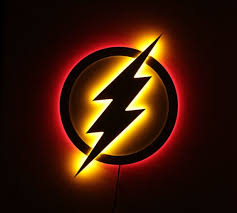You’re proposing to move out of a field where there’s a shortage of good professionals and into a field where the market is completely oversaturated and where the starting to mid-range pay is typically less than a K-12 teacher makes. I’d think long and hard about doing that.
After my BFA and working professionally for about ten years in design, I went back for an MFA (also in design). Every school is different, but the BFA was all about learning the basics. The MFA was different since the assumption was that all the masters candidates were already proficient and fully qualified to be working professionals. As a result, the program was almost entirely self-directed but under loose supervision from one’s graduate committee. I studied publication design and typography for two years without much input from my professors since they had less experience in the field than I did.
It was sort of a joke, but it wasn’t a waste of time. I matured and learned things about myself in graduate school that are difficult to explain or quantify. However, it would have been a complete waste of time if I hadn’t first gotten my BFA since I wouldn’t have had a clue what I was doing. Anyway, most graduate-level design programs still require a rather extensive portfolio and in-person review to establish a prospective student’s qualifications and abilities.
Now, if you wanted to go back and get an MA or an MFA is a studio discipline of some kind, like painting and drawing, you could likely do that with your MA in art education — assuming, of course, you were pretty good at drawing and painting. Then again, if you’re looking at job prospects, there aren’t too many professional fine artists out there making a good living, so you’d likely end up falling back on your teaching credentials.
As for bettering one’s job prospects in design with an MFA, not too many employers care about it. Even so, it shortens the path to a management position at many larger companies. And for those companies that do want someone with an MA or MFA, the competition isn’t nearly as stiff as it is when competing with the hordes of Associate and BA design graduates from partially accredited, commercial schools that have popped up online and in suburban locations around the country. But like I said, heading straight for the Masters without already strong credentials in design might be a fruitless endeavor.
Do you have your MA in teaching already? If not, it might be good to look into the various graduate programs available at various universities. For the past several months, I’ve been working as the communication & marketing director at a university’s college of education. It’s primarily a graduate school (MAs and PhDs), and there are some pretty interesting things going on in education if you specialize and want to avoid the standard K-12 teaching routine.
As for the Adobe suite of software, learning it without actually using the software would be a bit like learning to play the piano without having access to a piano. The learning primarily occurs during practice.
 So I’m a bit wary of those courses now but maybe I was just a little stupid. Thanks again!
So I’m a bit wary of those courses now but maybe I was just a little stupid. Thanks again!